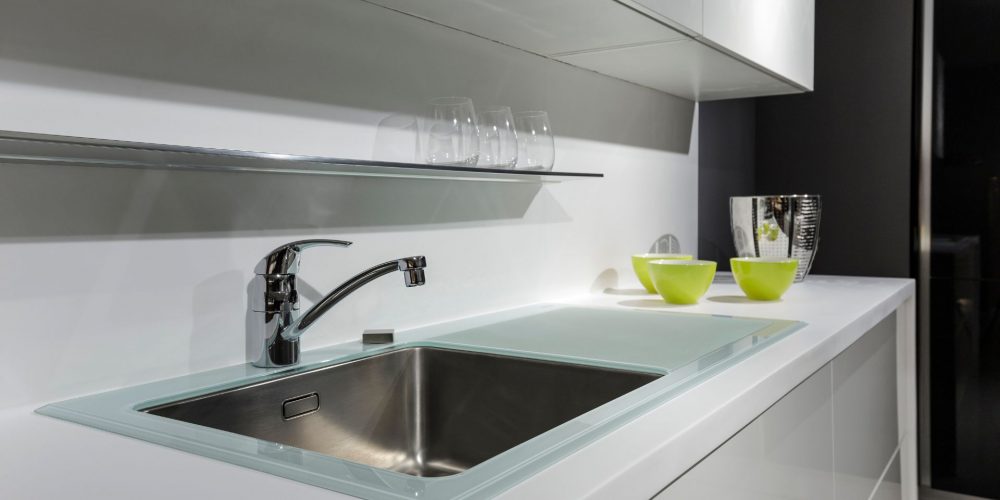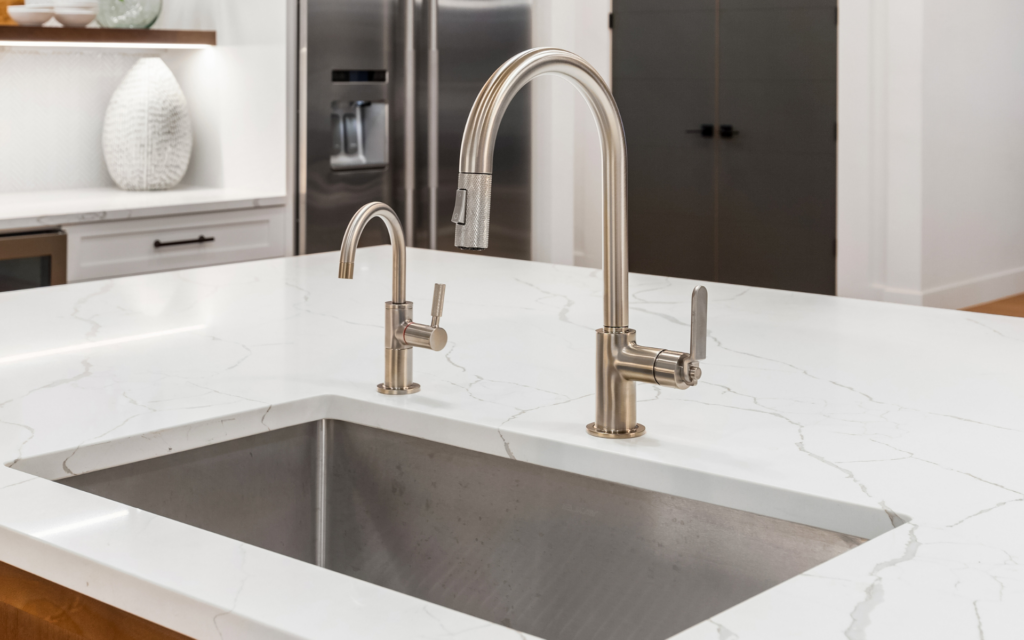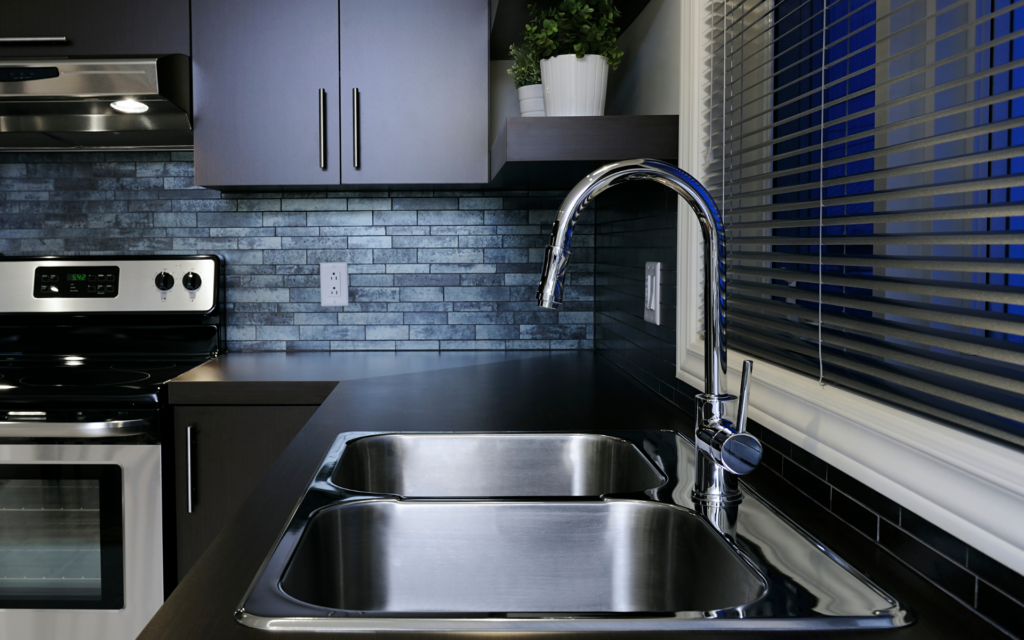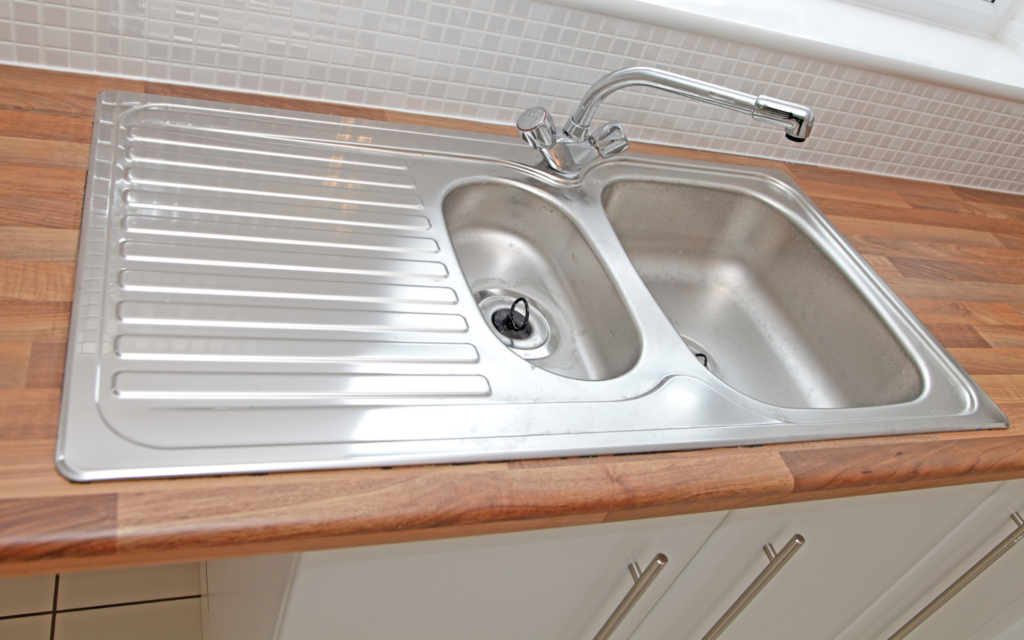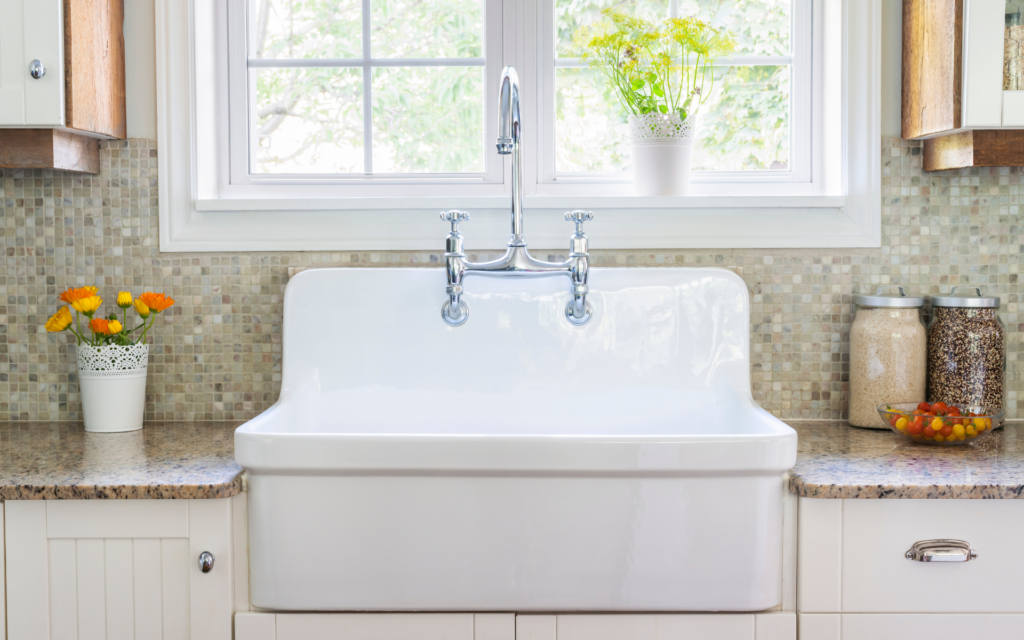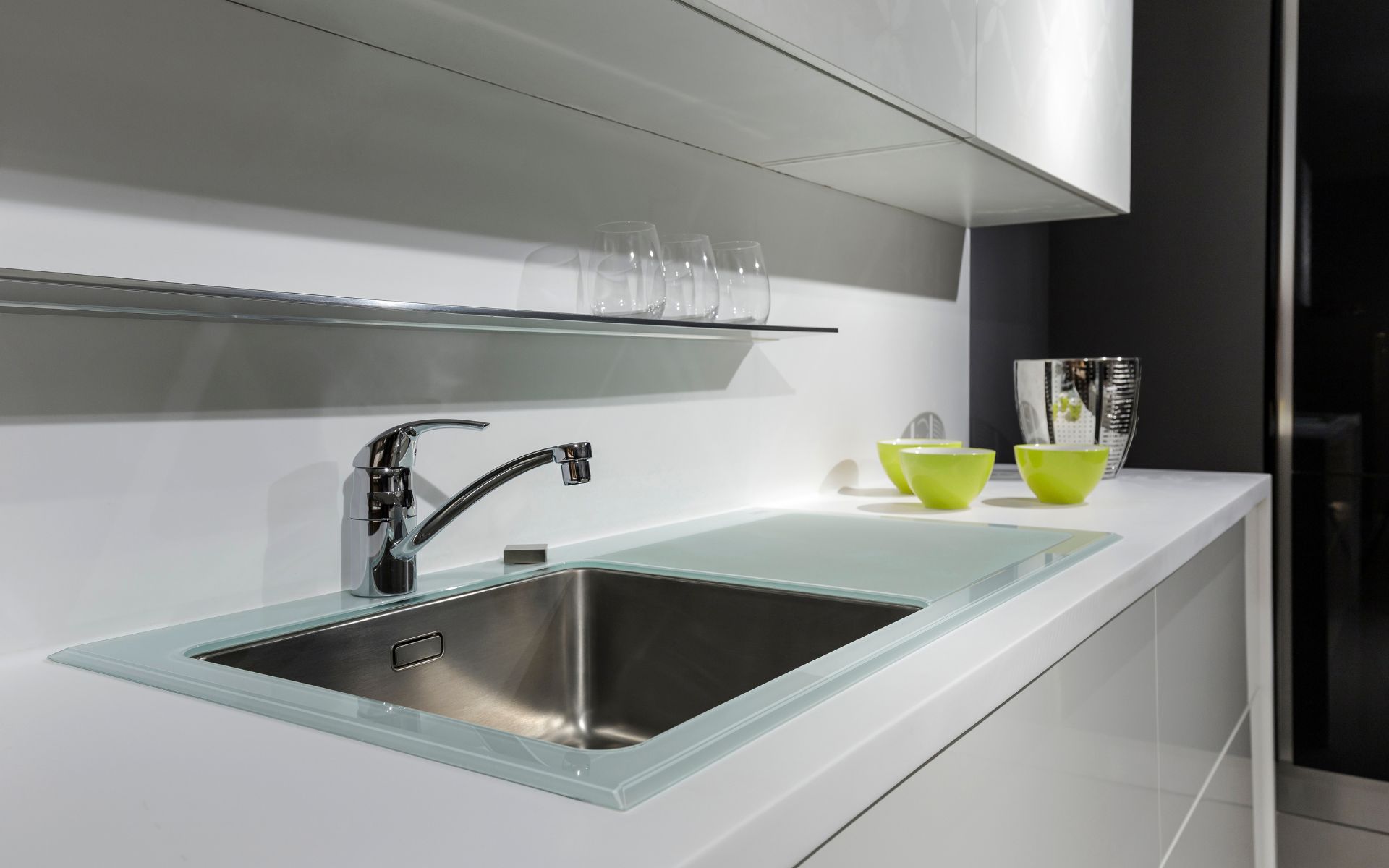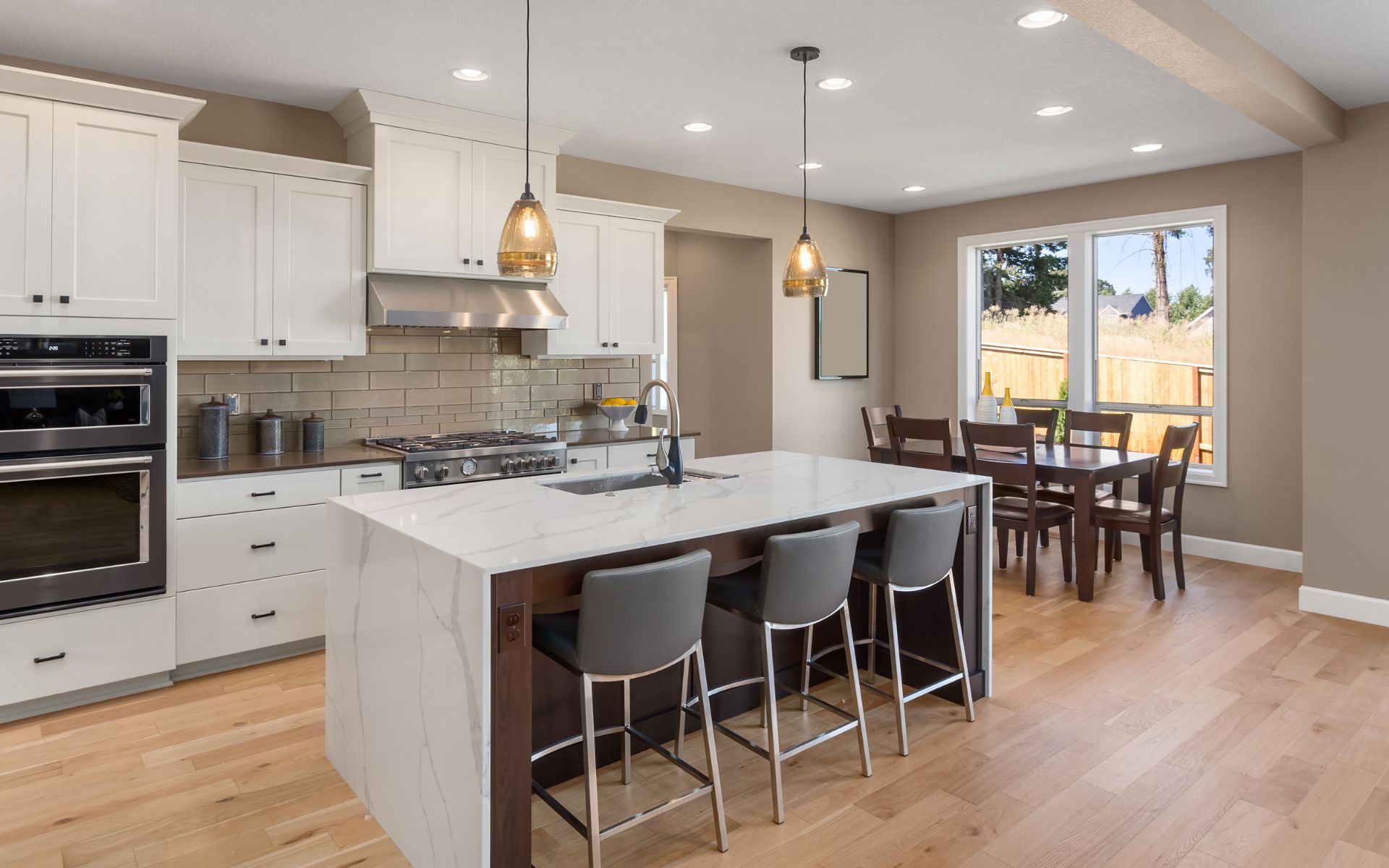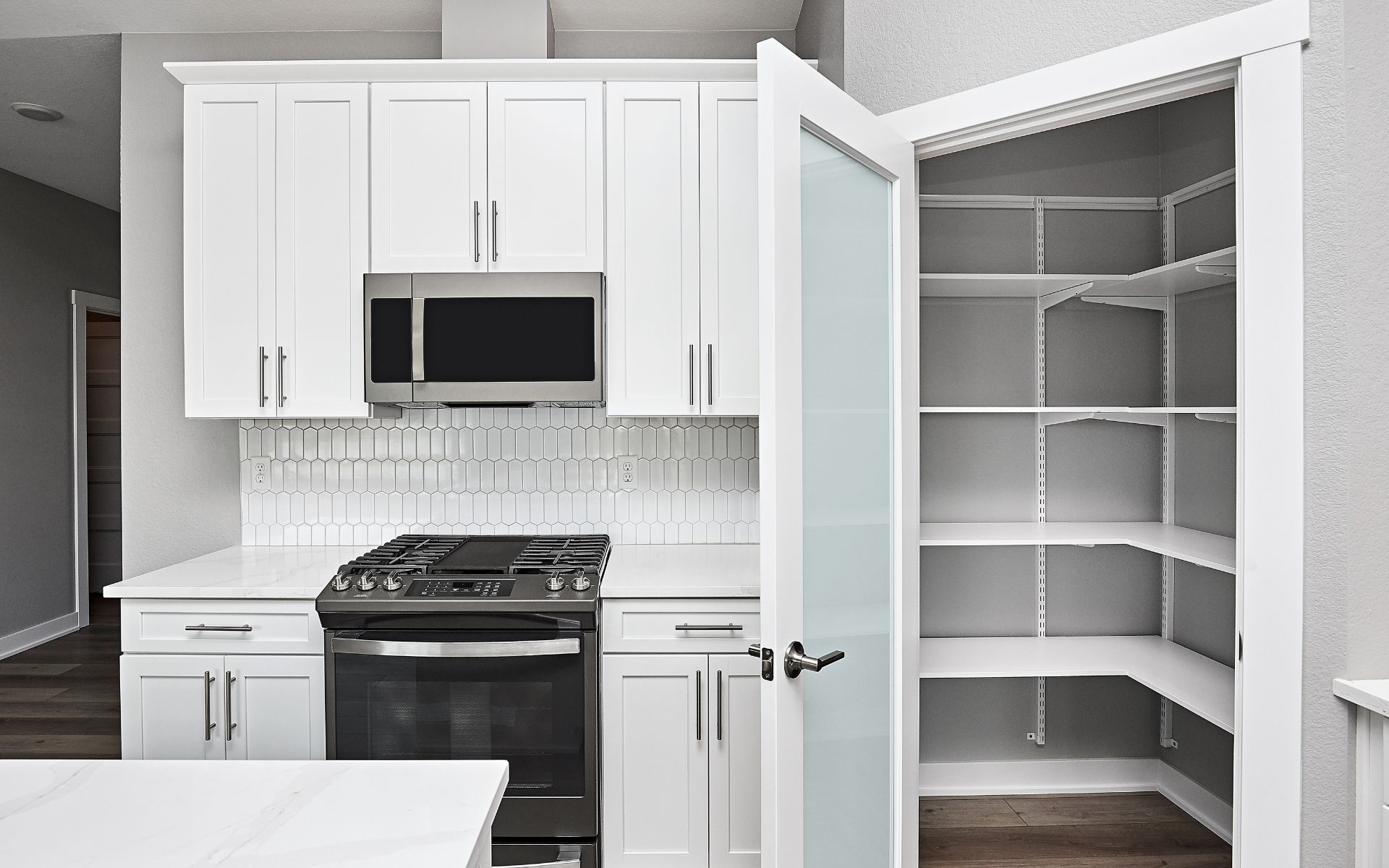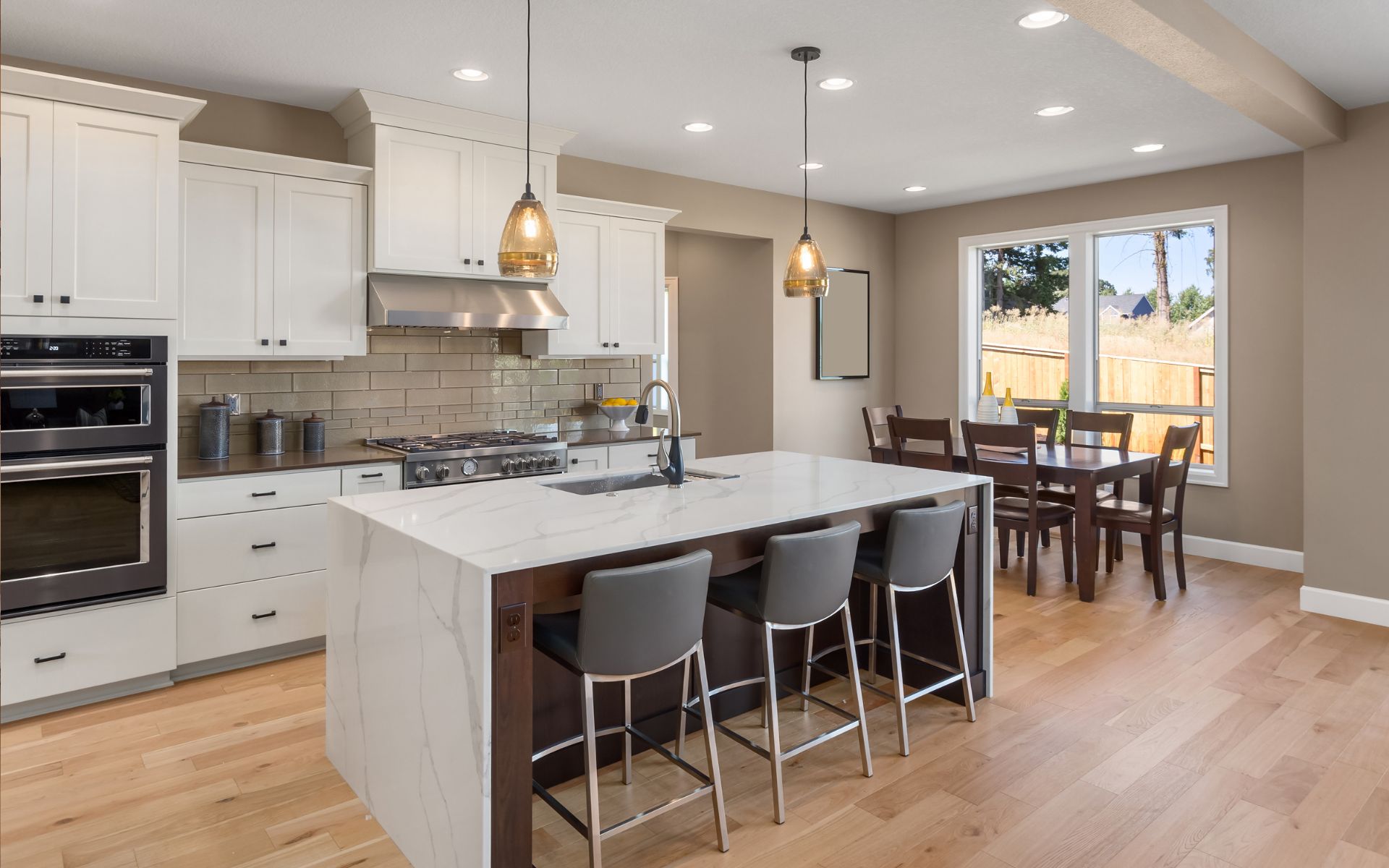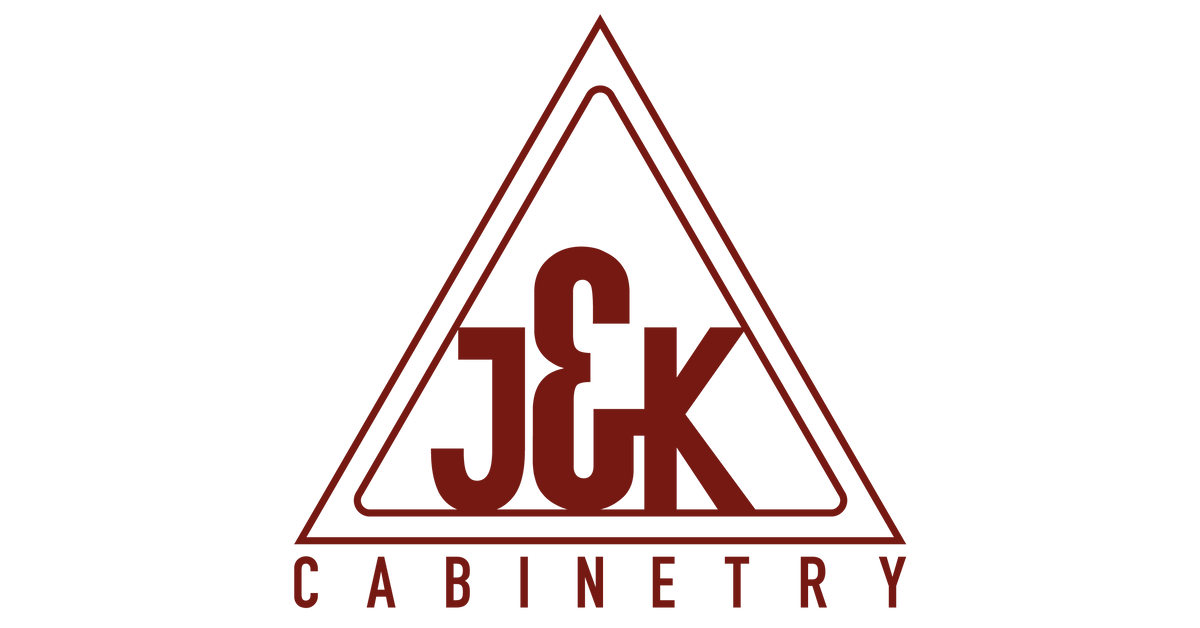Thinking of upgrading your kitchen sink when remodeling your space? With so many kitchen sink styles and configurations to choose from, it can be overwhelming to select the right one for your needs. Don’t stress – we’re breaking it all down in this comprehensive kitchen sink buying guide.
Popular Kitchen Sink Styles
Setting your kitchen sink apart with the right style can elevate the whole space. This is where thoughtful kitchen and bath design comes in.
How your sink is installed impacts the counter-to-sink transition and overall look of the prep sink. The main installation types of kitchen sinks are:
Undermount Sinks
An undermount sink is installed below the countertop, creating a smooth and seamless transition from the main countertop to the sink. The rim of the sink is mounted underneath the counter edge. This gives a sleek, contemporary look. Undermount installation also makes cleaning easier by eliminating the counter lip area.
For kitchen remodeling, undermount sinks pair best with waterproof countertop materials like quartz, granite, or solid surface. The sink attaches to a mounting bracket for support. Undermount sinks cost more to install overmount sinks but provide a luxury feel.
Drop-In or Top-Mount Kitchen Sinks
A drop-in, top-mount, or self-rimming sink has a visible rim that sits on top of the counter. The ledge creates a small lip around the sink edge. Drop-in self-rimming sinks are the most affordable and easiest installation option.
This style works with nearly any countertop material, including laminate, tile, and some solid surfaces. The lip helps conceal the sink edge but can trap debris. Drop-in sinks have a more traditional look.
Farmhouse Sink or Apron Sinks
This style bar sink features a deep single bowl basin made from materials like fireclay or enameled cast iron. The distinguishing trait is a front apron that extends onto the countertop to create vintage exposed styling. Farmhouse sinks maximize workspace with deep rectangular or deep basins and often incorporate drainboards on one or both sides.
The slightly raised installation helps define the kitchen work zone. Materials like porcelain enamel, fireclay, or cast iron withstand years of heavy use. The exposed apron front lends rustic charm, suiting many kitchen aesthetics.
Single Bowl Kitchen Sinks
As the name implies, single-bowl sinks contain one main basin for washing dishes and prep work. Without any dividers, the large open area provides maximum space for washing large pots, pans, and baking sheets. Lacking multiple compartments gives users the flexibility to utilize the basin for multiple simultaneous tasks.
Single bowl sinks have a streamlined, minimalist look. The simplicity pairs well with modern and transitional kitchen designs. And without a dividing ridge, cleaning the two large single basin sinks by itself is easy. Single-bowl sinks also come in the widest range of sizes and materials.
Double Bowl Kitchen Sinks
The double bowl sink is the most popular option for a main kitchen sink. By dividing the single basin sink into two basins, a double bowl kitchen sink type improves workflow. The classic configuration incorporates one larger basin and one smaller. This allows dedicating each side to different functions like soaking, washing, rinsing, or drying.
The smaller second basin can also provide extra prep space for tasks like washing produce, cleaning fish, or filling vases. A divider splits the sink while maximizing overall capacity.
Bar & Prep Kitchen Sinks
Bar sinks and prep sinks refer to smaller, secondary sink options designed for installation in a kitchen island, peninsula, or other surface needing water access. Often installed in addition to the main kitchen sink, bar and prep sinks have compact dimensions with shorter depths to fit tight spaces. This allows adding a second sink even with limited clearance like in a kitchen island.
Island Kitchen Sinks
Island sinks incorporate a functional sink right into a kitchen island. This provides a dedicated cleaning zone away from the main kitchen sink. Island sinks work best with sizable food prep islands since the installation of drop-in sinks requires adequate plumbing access. Small kitchen counters and islands may lack room to accommodate sinks.
Island sinks are typically installed using an undermount model to flow seamlessly with the countertop. But farmhouse apron-front or stainless steel drop-in styles can also provide decorative visual interest more counter space. Look for sinks sized appropriately for the island width while leaving counter space on each side.
Corner Kitchen Sinks
Corner sinks optimize space in the corner areas of kitchens. The distinguishing trait of this style is an angled triangular bowl shape. This positions two side basin sinks or bowls adjacent to each other in an L-shape while maximizing the use of the kitchen corner. Corner sinks come in two main configurations:
L-shaped Corner Sink – Two equal-sized basins meet at a 90-degree angle in the corner. Both sides can be used simultaneously.
U-shaped Corner Sink – One larger basin and one smaller basin meet in a corner creating a U-shaped sink.
The uncommon triangular design full-size sink catches the eye while taking advantage of often underutilized space double basin sinks. Dual bowls allow multitasking such as soaking, washing, and rinsing.
Popular Kitchen Sink Materials
Kitchen sinks come in a range of materials and different styles, each with its own pros, cons, and unique aesthetic. Choosing the right kitchen sink style and material for your home depends on your budget, style, and functional needs.
Stainless Steel Kitchen Sinks
Stainless steel is by far the most common sink material, prized for its durability, longevity, and affordable cost. Made from a steel alloy, stainless steel sinks resist scratches, stains, corrosion, and heat damage. The nonporous surface also inhibits bacteria growth for good hygiene.
Cons: susceptible to denting, shows water spots
Cast Iron Kitchen Sinks
This marries vintage styling with incredible durability, as cast iron is nearly indestructible. The glass-like enamel creates a nonporous, stain-resistant, and durable surface in a variety of hues. Cast iron enameling resists chipping better than ceramic coatings.
Cons: very heavy-weight models requiring cabinet reinforcement
Fireclay Kitchen Sinks
Fireclay sinks offer a glossy porcelain surface able to withstand high heat up to 800 degrees. The vintage styling of fireclay suits apron-front farmhouse sinks, often with coordinating drainboards. As a ceramic composed of natural clay, fireclay provides a warmer, more organic look than enameled metal.
Cons: lacks glossiness and prestige of real stone
Granite Composite Kitchen Sinks
Granite composite sinks combine crushed stone like granite or quartz with acrylic resin to mimic the appeal of natural stone. The material resists heat, stains, and scratches better than pure stone. Composite granite comes in a spectrum of colors and patterns at a more accessible price point.
Cons: less heat-proof and stain-resistant than stone
Solid Surface Kitchen Sinks
Solid surface sinks seamlessly integrate with countertops made of the same acrylic-based material. This creates a beautifully integrated, upscale look. While less heat and stain-resistant than stone, a solid surface allows for virtually invisible seams. The same material also dampens noise while providing durability and renewability.
Cons: expensive, high maintenance, limited sizes, etching/staining
Natural Stone Kitchen Sinks
Luxury natural stone sinks hand-carved from granite, marble, or other stones reign supreme in prestige. Unique patinas, veining, and glossy polish give stone unparalleled visual depth.
Cons: requires sealing, prone to damage/wear, noisy
Signs It May Be Time to Replace Your Kitchen Sink
No matter how durable the material or how well-made, kitchen sinks endure nearly constant use and abuse. Over time, wear and tear can diminish their performance or detract from their appearance.
There are a few key signs that indicate your kitchen sink may need replacement:
Scratches and Stains: Enamel or metal sinks can start to show unsightly scratches, chips, and stains even with proper care.
Leaks: A sure sign your sink has reached the end of its lifespan is water leaking from the sink itself or the pipes underneath.
Frequent Clogs: A persistently sluggish drain that clogs easily could indicate your sink basin and drainage system is failing.
Doesn’t Match Kitchen Style: Over time, design tastes evolve. What was once a dream kitchen eventually feels dated and tired.
A sink that clashes with the rest of your fresh kitchen makes the space feel disjointed. Regularly inspect, clean, and care for your kitchen sink to maximize its lifespan. But once any of these red flags appear, replacement provides the best solution.
Considerations for Choosing Your Kitchen Sink
Beyond the sink type, style, and material, a few other factors impact your selection:
Sink Dimensions: Consider the existing sink size or available space when choosing a new model. Measure the countertop hole or sink base cabinet to determine the ideal dimensions.
Number of Faucet Holes: Many sinks come pre-drilled with holes for installing the faucet and other accessories like soap dispensers. Confirm your selected sink has the right number and placement of holes for your planned faucet, or opt for a hole-free model instead.
Drain Placement: Drain placement impacts usage, especially in double bowl sinks. While a center drain typically works best, the sink base cabinetry can limit drain placement. Make sure to consider plumbing.
Primary Use: Do you regularly wash large pots and pans? Prefer washing produce on one side? Entertain big gatherings needing maximum sink capacity? Knowing your habits helps select the right basin configuration, depth, and size.
Final Thoughts
With so many sizes, styles, and configurations to evaluate, choosing the perfect kitchen sink can feel overwhelming. No matter your kitchen design or personal style though, there is a wonderful new sink made out there to meet your needs. OneStop Kitchen and Bath has experienced designers who can guide you through choosing the perfect sink and making your kitchen dreams a reality with their top-quality kitchen and bathroom renovations. With the right sink as your starting point, and careful attention to all the details throughout, your kitchen refresh can both look beautiful and function flawlessly.

